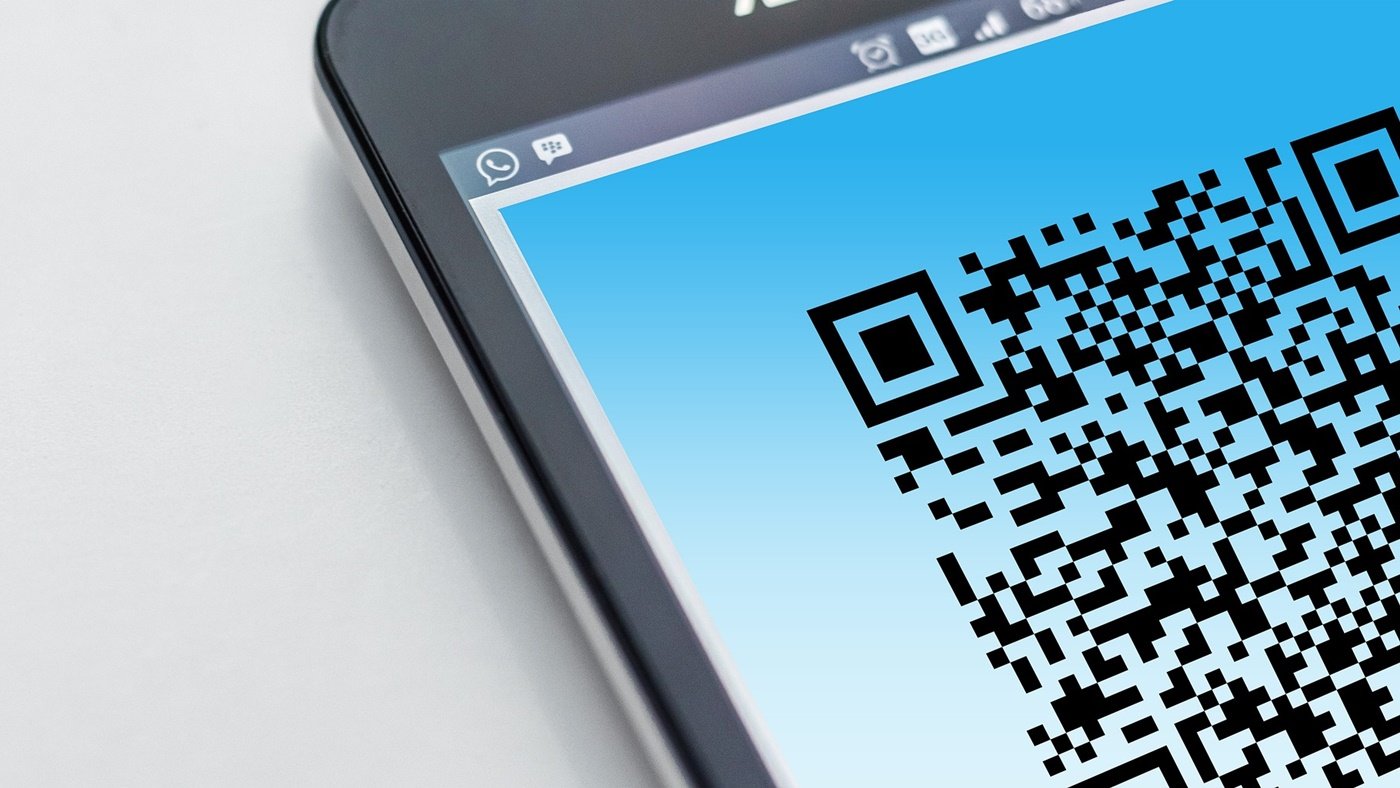With the advancement of technology, QR Codes have become a permanent fixture, offering convenient payment options and quick access to links and websites. This feature represents a significant advancement from traditional barcodes, as they can be scanned using mobile cameras. Despite their widespread use in various mediums like magazines, newspapers, and billboards, concerns regarding their security persist.
The FBI issued a warning in 2022 about the manipulation of QR Codes by cybercriminals to steal personal and banking information from users through fake websites. Over 20 million individuals were affected by the QR code scam during a U.S. football game.

What risks are associated with the functionality of QR codes?
Expose the data
Certain deceptive QR codes include codes that allow scammers to access sensitive user information such as email addresses, banking details, and phone numbers.
Hidden instructions
Scanning the code can pose a risk of concealed commands being activated without the user’s awareness. In addition to directing to websites, these codes can also initiate a range of actions on mobile devices, such as sending texts, sharing location, accessing contacts, and emailing.
Phishing Objective
Malicious QR Codes commonly lead consumers to fake websites, putting them at risk of falling for phishing scams. Even if these sites look different from the real ones, customers may unknowingly provide personal information, allowing criminals to access it easily.
Download malicious software
When scanning a QR Code, users might unknowingly download an application or files containing malware. These malicious programs can be installed on devices, allowing criminals to breach cell phone privacy and access all stored data and files.









